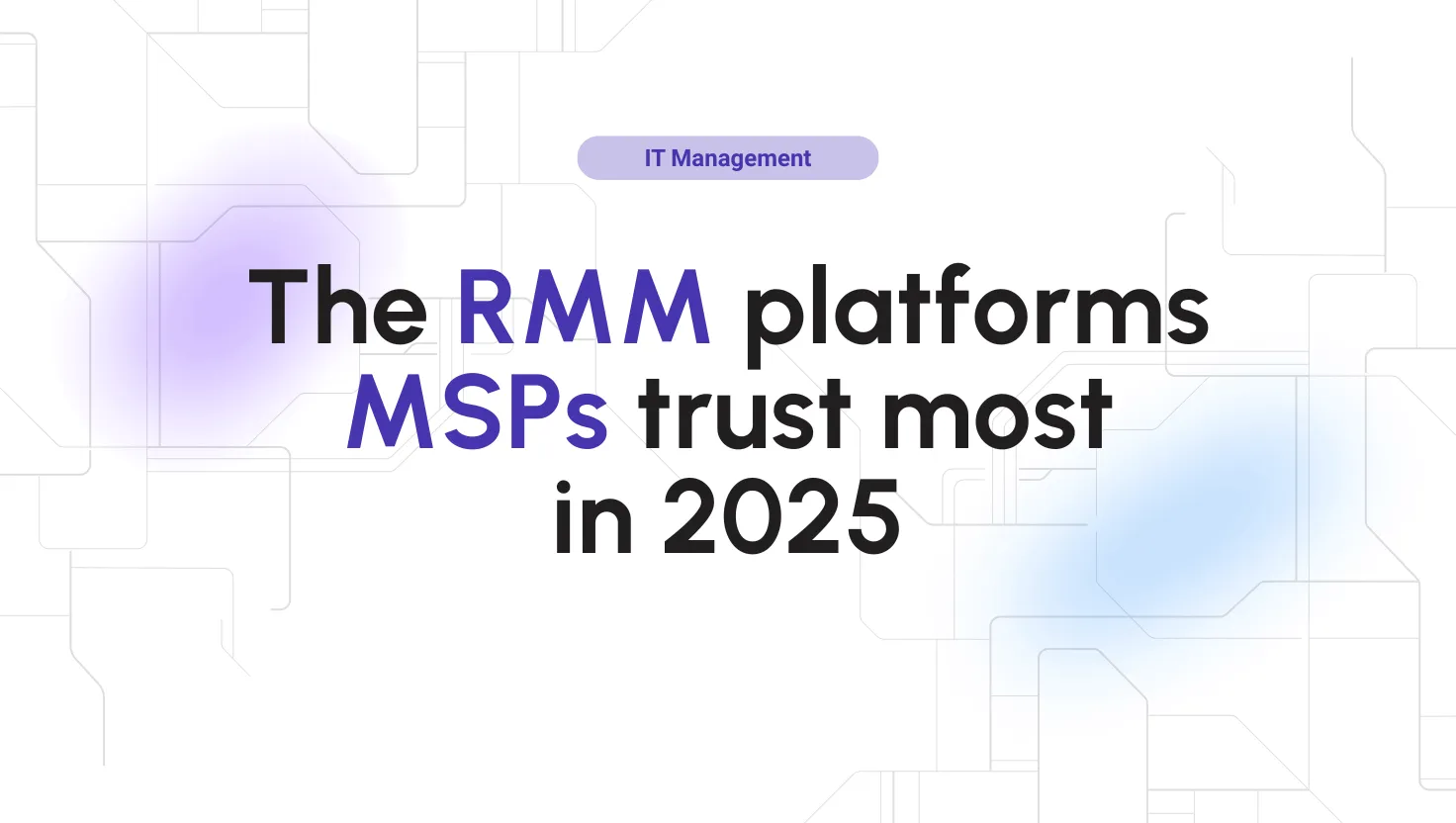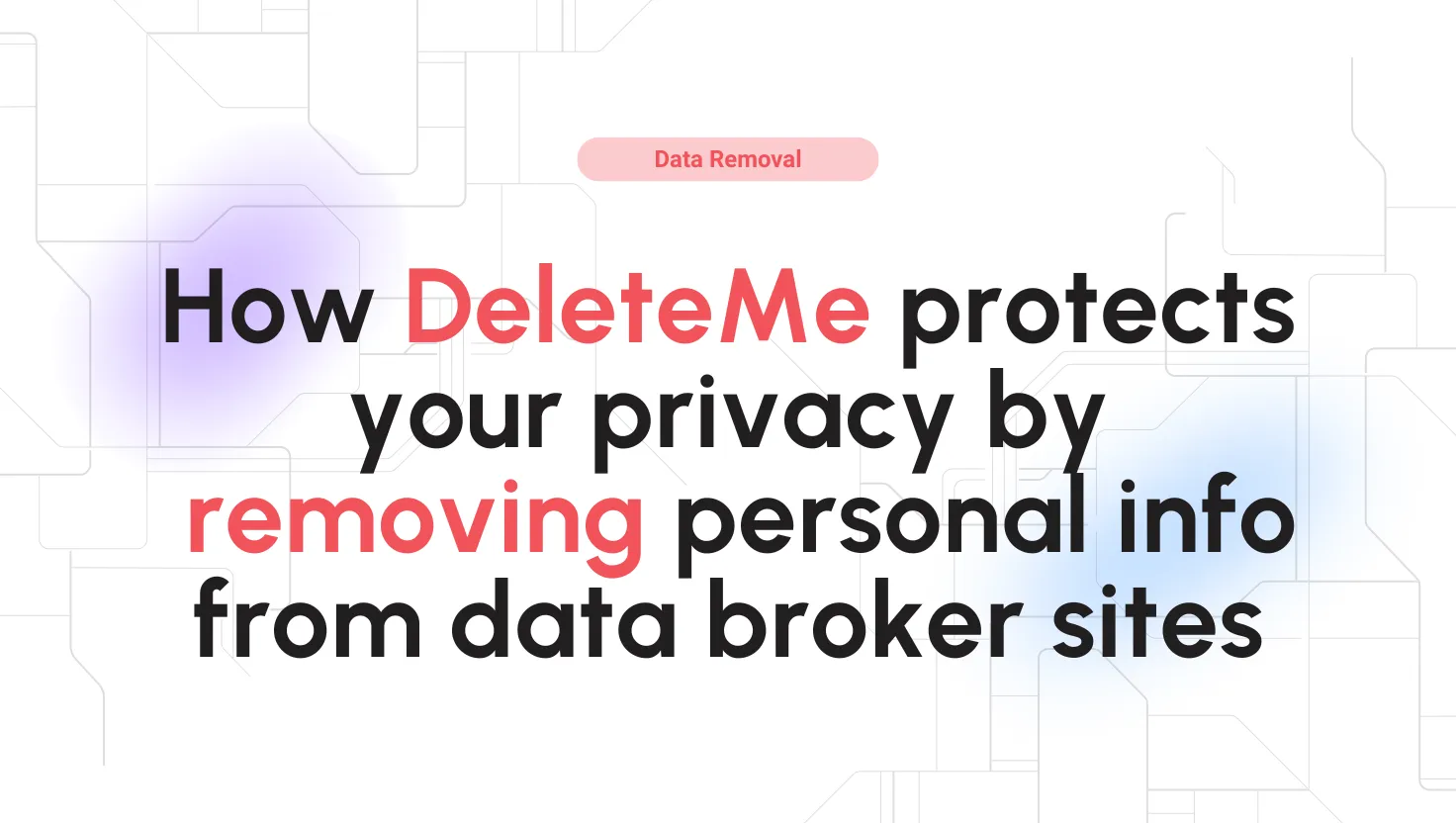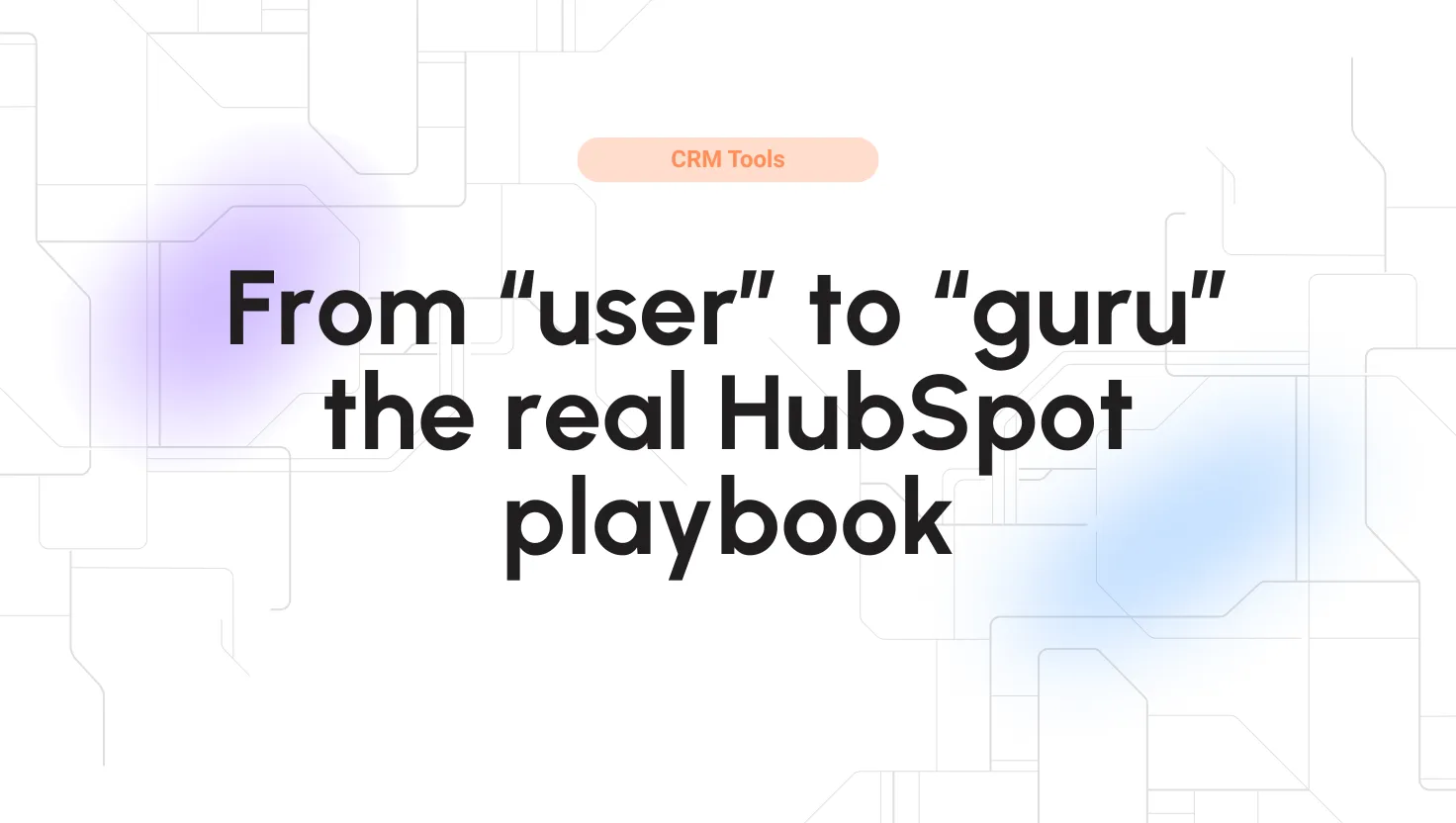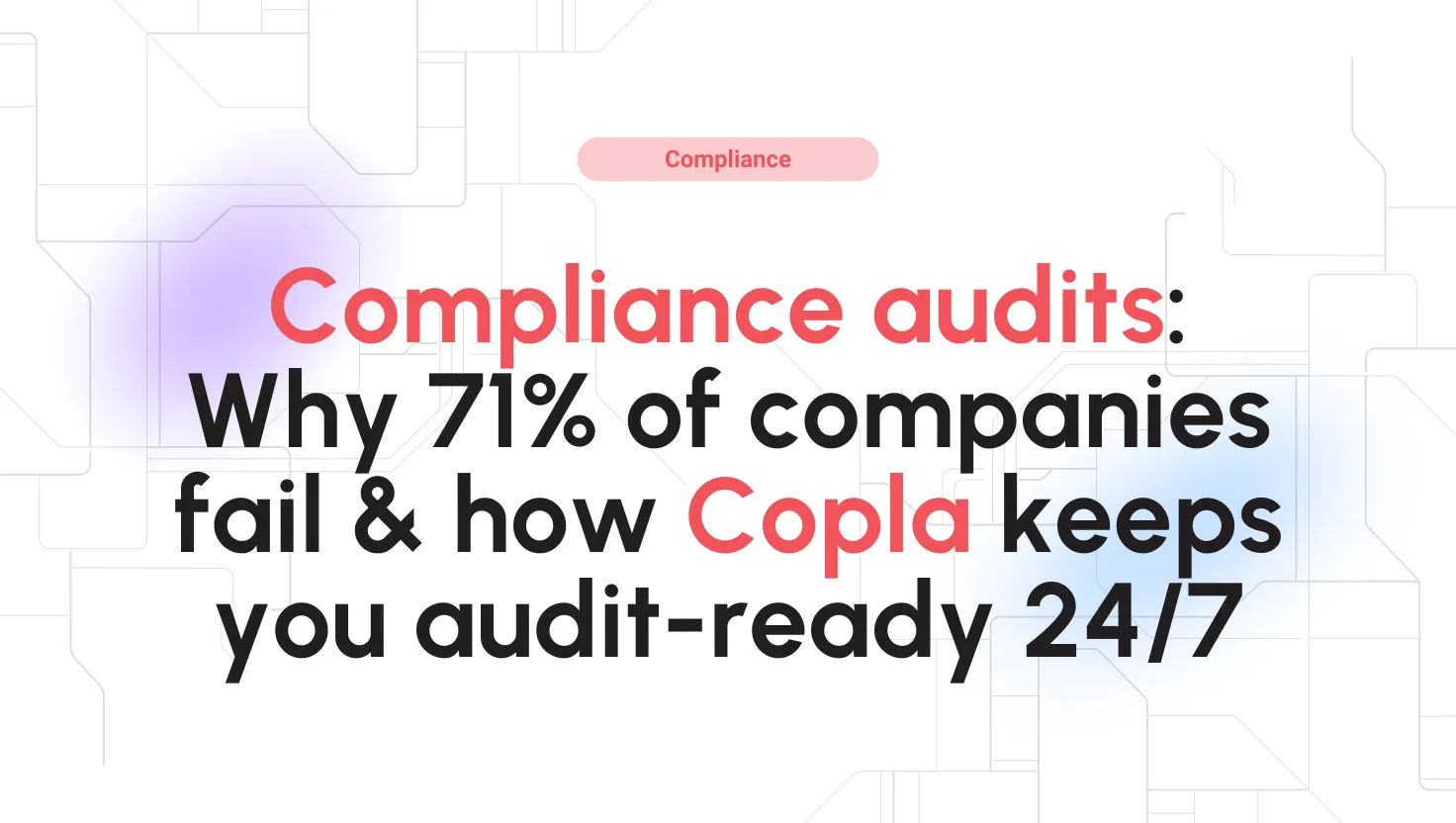
Google Cloud Firestore Pricing Reviews for 2025
Save 40% on your SaaS stack with expert guidance
Free Consultation
Google Cloud Firestore Pricing
Google Cloud Firestore offers a flexible, pay-as-you-go pricing model designed to meet various application needs, from small startups to large enterprises. This comprehensive pricing structure includes costs for operations (reads, writes, deletes), data storage, and network egress, ensuring you only pay for what you use.
With Firestore, you benefit from scalable, fully managed NoSQL database solutions that support your app’s data requirements. The free tier provides a great starting point for small projects, allowing you to explore Firestore’s capabilities without initial costs.
Dive into our detailed review to understand Firestore pricing and optimize your data management effectively.
Google Cloud Firestore Plans
Google Cloud Firestore vs. Similar Products
Select up to 3 Software, to enable Comparison
Compare Selected SoftwareEditorial Review: Google Cloud Firestore Pricing Deep Dive
Google Cloud Firestore Pricing: An In-Depth Review
Google Cloud Firestore offers a flexible and scalable NoSQL document database that is fully managed, serverless, and designed to support your app’s data needs. Understanding the Google Cloud Firestore pricing structure is crucial for budgeting and optimizing your Firestore usage. This review will cover the pay-as-you-go pricing model, data usage limits, and costs, making it easy to understand for users at all levels.
Overview of Google Cloud Firestore Pricing
Firestore uses a pay-as-you-go pricing model, allowing you to pay only for the resources you consume. This model provides flexibility and scalability, ensuring that you can handle varying workloads without committing to a fixed cost. The main components that influence Firestore costs include:
- Operations Pricing
- Storage Pricing
- Network Pricing
Operations Pricing
Operations pricing is based on the number of read, write, and delete operations your Firestore database performs. Here’s a breakdown of these costs:
- Reads: $0.06 per 100,000 reads.
- Writes: $0.18 per 100,000 writes.
- Deletes: $0.02 per 100,000 deletes.
Each document access counts as an operation, and these costs can add up depending on the frequency and complexity of your database interactions.
Storage Pricing
Storage pricing is determined by the amount of data you store in your Firestore database. This includes the size of your documents, indexes, and any other data stored. Here’s how storage is priced:
- Stored Data: $0.18 per GB per month.
Storage costs are straightforward and depend on the total volume of data stored. As your data grows, so does the cost, but Firestore’s pricing remains competitive and predictable.
Network Pricing
Network pricing involves charges for data transferred out of Firestore to other Google Cloud services or external networks. These costs vary based on the destination of the data transfer:
- Egress to Google Cloud services in the same region: Free.
- Egress to Google Cloud services in different regions: $0.01 per GB.
- Egress to the internet: $0.12 per GB for the first 10 TB, with reduced rates for higher usage.
Understanding network pricing is essential for applications with significant data transfer requirements, especially when dealing with multi-region setups or external integrations.
Free Tier and Trial
Firestore offers a free tier that provides limited access to its features, allowing you to get started without incurring any initial costs. The free tier includes:
- Stored Data: 1 GB per month.
- Reads: 50,000 per month.
- Writes: 20,000 per month.
- Deletes: 20,000 per month.
This free tier is perfect for small projects, testing, or learning how to use Firestore. It helps you get a feel for the platform without financial commitment and can be a great way to evaluate Firestore for your needs.
Detailed Google Cloud Firestore Pricing Examples
To provide a clearer picture, let’s explore some detailed pricing examples based on typical Firestore usage scenarios.
Example 1: Small Application
A small application might use Firestore with modest storage and operation needs:
- Stored Data: 5 GB.
- Reads: 500,000 per month.
- Writes: 100,000 per month.
- Deletes: 50,000 per month.
Estimated Costs:
- Stored Data: 5 GB * $0.18/GB = $0.90 per month.
- Reads: 500,000 * $0.06/100,000 = $0.30 per month.
- Writes: 100,000 * $0.18/100,000 = $0.18 per month.
- Deletes: 50,000 * $0.02/100,000 = $0.01 per month.
Total Cost: $1.39 per month.
Example 2: Medium-Sized Application
A medium-sized application might have higher storage and more frequent operations:
- Stored Data: 50 GB.
- Reads: 5 million per month.
- Writes: 1 million per month.
- Deletes: 500,000 per month.
Estimated Costs:
- Stored Data: 50 GB * $0.18/GB = $9.00 per month.
- Reads: 5,000,000 * $0.06/100,000 = $3.00 per month.
- Writes: 1,000,000 * $0.18/100,000 = $1.80 per month.
- Deletes: 500,000 * $0.02/100,000 = $0.10 per month.
Total Cost: $13.90 per month.
Example 3: Large-Scale Application
A large-scale application with substantial data and operations:
- Stored Data: 500 GB.
- Reads: 50 million per month.
- Writes: 10 million per month.
- Deletes: 5 million per month.
Estimated Costs:
- Stored Data: 500 GB * $0.18/GB = $90.00 per month.
- Reads: 50,000,000 * $0.06/100,000 = $30.00 per month.
- Writes: 10,000,000 * $0.18/100,000 = $18.00 per month.
- Deletes: 5,000,000 * $0.02/100,000 = $1.00 per month.
Total Cost: $139.00 per month.
Comparison and Ideal Usage
Small Applications vs. Large Applications
- Small Applications: Lower costs, suitable for startups, small businesses, or individual projects. The free tier can often cover the needs of very small applications.
- Large Applications: Higher costs, requiring more storage and operations. Ideal for enterprises and high-traffic applications where data consistency and real-time access are critical.
Batch Operations vs. Real-Time Operations
- Batch Operations: Suitable for applications that process data in bulk at intervals. Generally lower costs due to less frequent reads and writes.
- Real-Time Operations: Best for applications requiring instant data updates and access, such as social media platforms, real-time analytics, or collaborative tools. Higher costs due to frequent data interactions.
Conclusion
Google Cloud Firestore offers a versatile and scalable pricing model that caters to a wide range of application needs. By understanding the components of Firestore pricing—operations, storage, and network—you can optimize costs based on your specific use case. Whether you’re running a small app or a large-scale enterprise application, Firestore provides the flexibility and efficiency you need to manage your data effectively.
Take advantage of the free tier to explore Firestore’s capabilities and determine the most cost-effective approach for your data management requirements. With careful planning and a solid understanding of the pricing structure, you can leverage Google Cloud Firestore to power your applications efficiently and economically.






